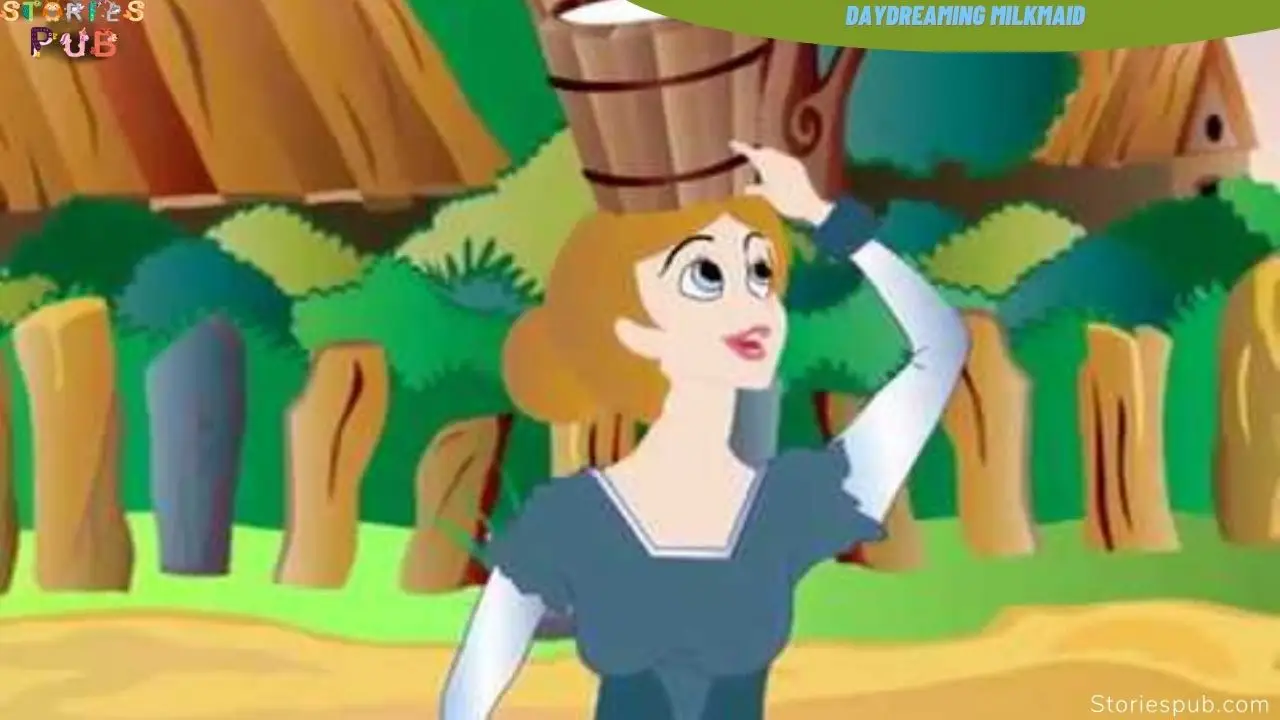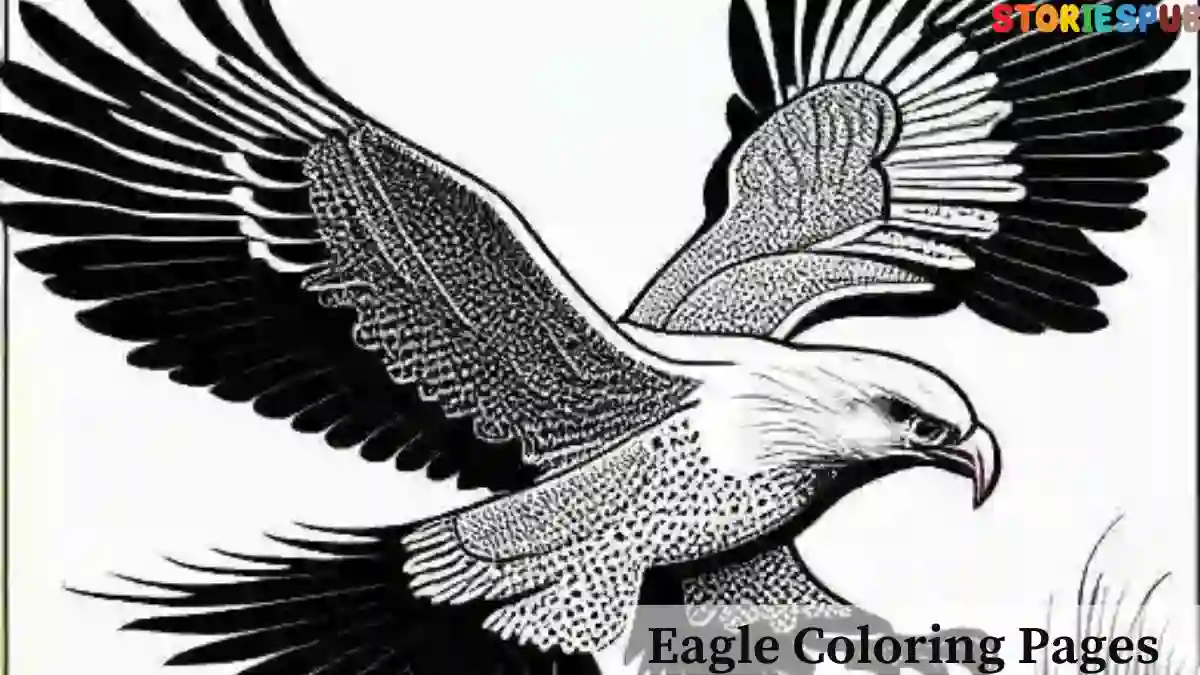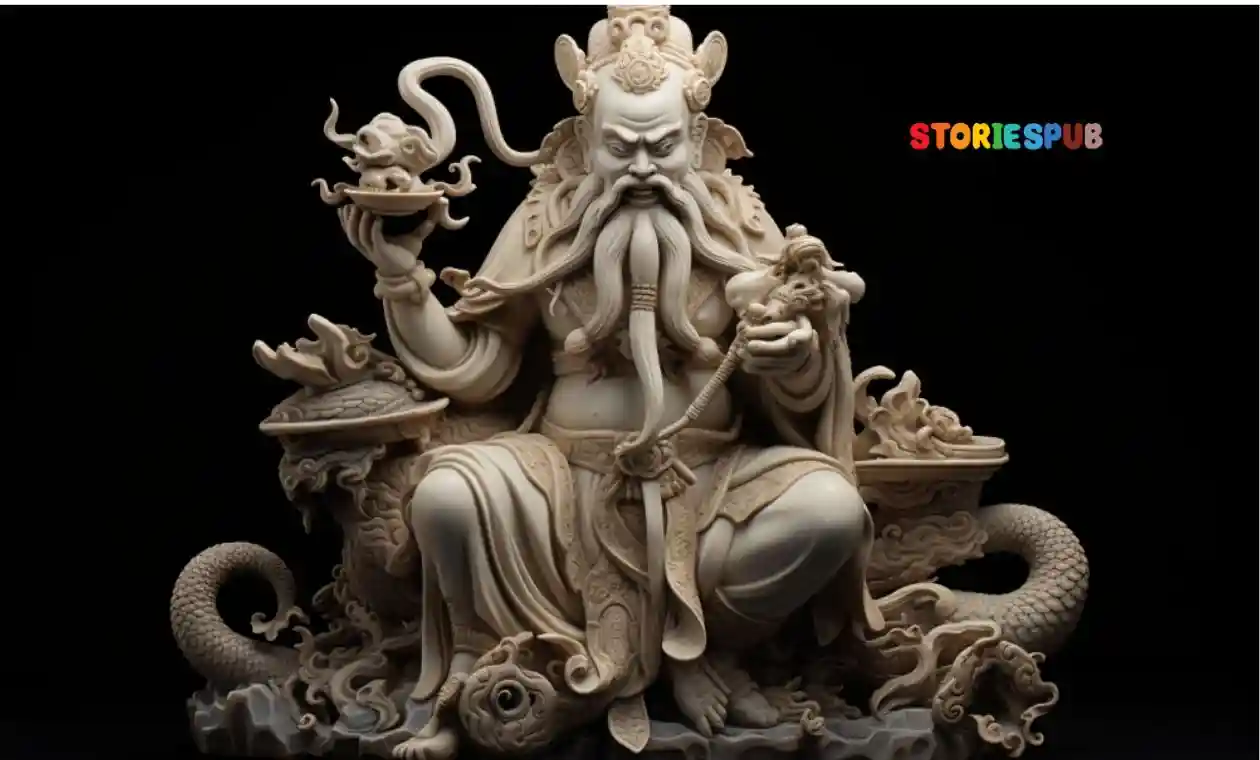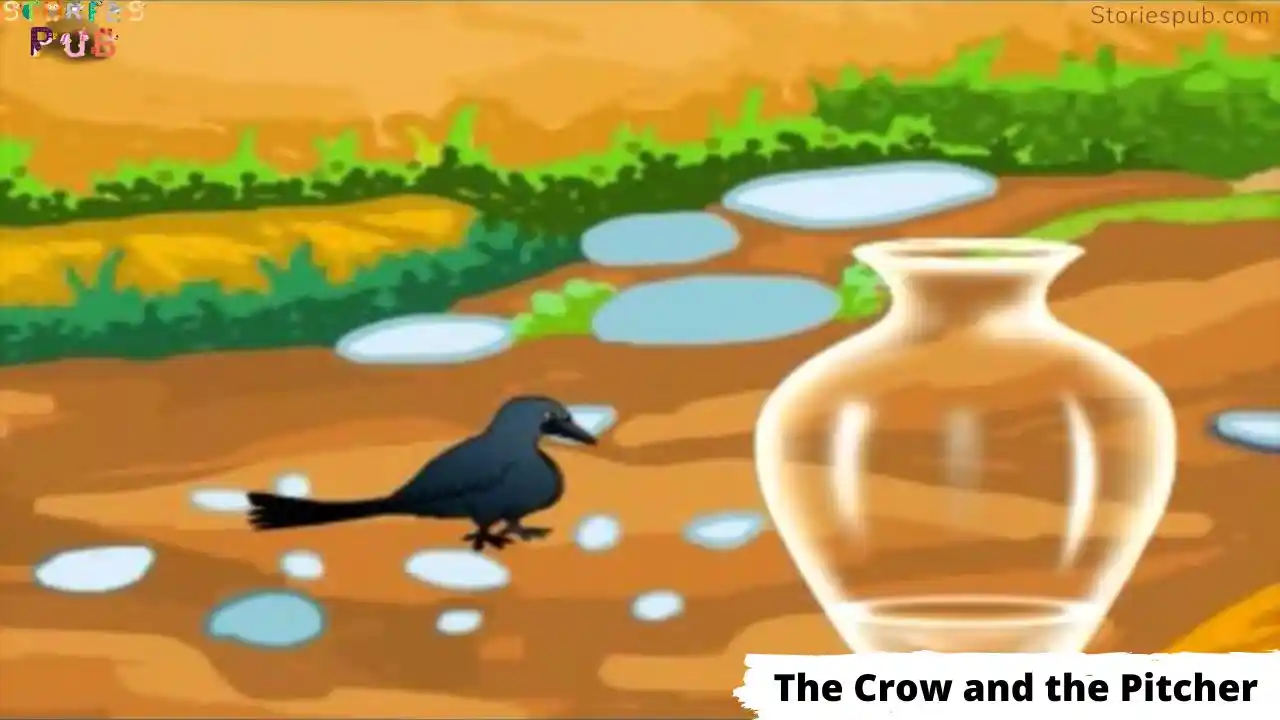Summarize this Article with:
Nuwa: Chinese Goddess of Creation, Balance, and Human Origins

Goddess Nuwa is a prominent figure in Chinese mythology, revered as the creator of humans and the restorer of the world. Also known as Nügua or Nüwa, she is often portrayed as a half-human, half-serpent being or sometimes as a woman with a dragon’s tail. As a symbol of creation and restoration, Nuwa holds a significant position in the Chinese cultural pantheon and has been a source of inspiration throughout Chinese history.
According to Chinese legends, Nuwa is the sister and wife of Fuxi, another key figure in Chinese mythology. Together, they are considered the ancestors of all humankind. Nuwa’s story begins in the early days of the world, a time when gods, humans, and mythical creatures coexisted. It was during this time that Nuwa’s benevolent and resourceful nature emerged as she took on the role of creating and protecting her creations.
Nuwa’s myths are steeped in symbolism and moral teachings, emphasizing the importance of balance, wisdom, and perseverance. As a compassionate creator and guardian, she embodies the qualities of a caring mother, looking after the world and its inhabitants. Throughout Chinese history, emperors, scholars, and artists have revered and celebrated Nuwa for her crucial role in the mythology and the lessons she imparts.
Goddess Nuwa: Creation of the World and Humans
In the Chinese creation myth, Goddess Nuwa plays a pivotal role in shaping the world and bringing life to it. After Pangu, the primordial being, separated heaven and earth, the world remained a barren landscape, devoid of living creatures. It was Nuwa who stepped in to fill this void and bring life to the earth.
At first, Nuwa roamed the world, observing its beauty and potential. However, she felt lonely, as there were no other beings like her. This profound sense of loneliness motivated her to create other creatures to keep her company. She started by sculpting animals from the clay of the earth, each uniquely designed, and breathed life into them.
After creating various animals, Nuwa decided to create beings that resembled her own form. She took some clay from the earth and began to mold the first humans, making them in her own image. As she formed these beings with her own hands, she endowed them with divine qualities, giving them the ability to think, create, and communicate. The first humans were born, and they multiplied as time went on, filling the world with their descendants.
However, sculpting each human from clay was a time-consuming process, and Nuwa sought a more efficient way to populate the world. To do this, she took a vine and dipped it into the clay, then flicked the droplets that clung to the vine into the air. As the droplets fell to the ground, they transformed into humans. This method created a larger number of people, but they were considered less refined than the first ones Nuwa had crafted by hand.
In addition to creating humans, Nuwa is said to have played a significant role in establishing the natural order. Alongside her brother and husband, Fuxi, she is credited with teaching the early humans essential survival skills, such as hunting, fishing, and the art of agriculture. Fuxi also introduced the concept of marriage and family structure to maintain social order among humans.
In this way, Nuwa’s creation of humans and her role in teaching them the means to survive and thrive highlights her compassionate and nurturing nature as a motherly figure in Chinese mythology.
Nuwa’s role in the creation myth
In Chinese mythology, Nuwa’s role in the creation myth is that of a creator and nurturer, responsible for populating the world with living beings, especially humans, and ensuring their survival. After the initial creation of the universe by the primordial being, Pangu, the world was barren, and there were no creatures inhabiting it. Nuwa took it upon herself to bring life to this desolate landscape and fill it with various forms of life.
Nuwa began by molding animals from clay, creating each species distinctively and then breathing life into them. These animals went on to inhabit different parts of the world, contributing to the biodiversity of the earth.
Feeling lonely and desiring companionship, Nuwa decided to create beings similar to herself. She began sculpting the first humans from clay, crafting them in her own image. As a result, humans possessed divine qualities that distinguished them from the other creatures Nuwa created. They had the ability to think, create, communicate, and develop complex societies.
Realizing that the manual process of creating humans was too slow, Nuwa found a more efficient way to populate the world. She dipped a vine into clay and flicked droplets into the air, which transformed into humans as they fell to the ground. Although these humans were less refined than the first ones Nuwa had meticulously crafted, they still possessed the essence of her divine nature.
Furthermore, Nuwa’s role in the creation myth extends to her teachings for early humans. Alongside her brother and husband, Fuxi, she taught humanity essential survival skills such as hunting, fishing, and agriculture. She also played a part in establishing the natural order, laying the foundations for human society through the institution of marriage and family structure.
Overall, Nuwa’s role in the creation myth is that of a benevolent creator, a nurturing mother figure, and a guardian of life on earth, ensuring the survival and prosperity of her creations.
Formation of the first humans from clay
In Chinese mythology, the formation of the first humans from clay is attributed to Goddess Nuwa, who desired companionship and sought to create beings like herself. The clay she used came from the earth, symbolizing the deep connection between humanity and the natural world.
To create the first humans, Nuwa carefully and skillfully shaped the clay into human forms, imbuing them with her divine essence. These first humans, crafted meticulously by Nuwa’s hands, inherited her qualities, such as the ability to think, create, and communicate. As a result, they were considered more refined and closer to the divine than the subsequent generations of humans.
Once Nuwa breathed life into these clay figures, they came to life, and the first humans were born. As time passed, these humans multiplied, populating the earth with their descendants. The story of the first humans formed from clay by Nuwa signifies the intimate bond between humanity and the divine, as well as the human connection to the earth.
The creation of the first humans from clay also carries symbolic meaning within Chinese culture. It highlights the importance of diligence, creativity, and the divine nature inherent in human beings. This story serves as a reminder that humans have the potential for greatness and the ability to connect with the divine, thanks to the care and attention Nuwa gave to their creation.
The role of Yinglong in assisting Nuwa
Yinglong, a powerful dragon figure in Chinese mythology, plays a crucial role in assisting Nuwa during her quest to mend the heavens and restore order to the world. His name, which translates to “Responsive Dragon,” signifies his ability to control water and rain, as well as his readiness to answer the call of the gods in times of need.
When a catastrophic event caused the pillars supporting the heavens to collapse and the earth to be submerged in floods, chaos ensued. The delicate balance between heaven, earth, and the natural elements was disrupted, and the world was on the verge of total destruction. It was at this critical moment that Nuwa decided to take action to restore order and save her creations.
In her quest to mend the heavens, Nuwa required assistance from a powerful ally who could help control the raging waters and hold the sky in place. Yinglong, with his unique abilities, emerged as the perfect candidate for this task. Known for his unwavering loyalty to the gods, Yinglong readily agreed to help Nuwa in her mission to save the world.
Using his control over water, Yinglong helped subdue the floods that threatened to drown the earth, allowing Nuwa to focus on repairing the heavens. With the flooding under control, Nuwa gathered five-colored stones, which she used to mend the broken sky. Yinglong then used his immense strength to support the sky, giving Nuwa the time and stability needed to complete her task.
Once Nuwa had successfully patched the sky, she and Yinglong worked together to reestablish the pillars that held the heavens aloft, restoring the cosmic balance between heaven and earth. The natural order was reestablished, and life on earth could continue to flourish, thanks to the combined efforts of Nuwa and Yinglong.
In summary, Yinglong played a crucial role in assisting Nuwa in her mission to mend the heavens and restore balance to the world. His control over water, his strength, and his unwavering loyalty to the gods allowed him to support Nuwa in her time of need, ultimately saving the world from destruction.
The Great Flood and Mending the Heavens
The Great Flood and the subsequent mending of the heavens are central events in the mythology surrounding Goddess Nuwa. These incidents highlight her role as a savior and restorer of balance, ensuring the survival of her creations and the world.
The Great Flood:
The Great Flood in Chinese mythology is a crucial event that brings unprecedented destruction to the world. It occurs when the pillars that hold up the heavens collapse, causing the sky to fall and unleashing devastating floods that submerge the earth. This catastrophe disrupts the natural balance between heaven, earth, and the elements, leading to widespread chaos and threatening the very existence of life on earth.
Different versions of the flood myth point to various causes for this disaster. Some attribute it to the actions or negligence of the gods, who may have allowed the pillars to weaken or been involved in cosmic battles that resulted in their collapse. In other versions, the catastrophe is triggered by wars between powerful deities who use the elements as their weapons, causing the delicate balance of the world to crumble. Alternatively, some accounts describe the flood as a natural disaster, perhaps as a result of earthquakes, volcanic eruptions, or other geological events.
Despite the varied explanations for the Great Flood, all versions agree on its devastating consequences. As the waters rise, countless lives are lost, and the very foundations of civilization are threatened. The chaos that ensues underscores the importance of the balance between the heavens, the earth, and the elements, a theme that permeates Chinese mythology and cultural beliefs.
With the world on the brink of annihilation, the stage is set for a hero or savior to emerge and restore order. In the case of the Chinese flood myth, it is Goddess Nuwa who rises to the challenge. Through her determination, resourcefulness, and compassionate nature, she sets out on a quest to mend the heavens, restore balance, and save the world from destruction.
Mending the Heavens:
Mending the Heavens is an essential part of Nuwa’s story, as it highlights her role as the savior and restorer of balance in the face of catastrophe. When the Great Flood threatens the world and her creations, Nuwa takes responsibility for repairing the damage and restoring harmony to the cosmos.
To accomplish this daunting task, Nuwa embarks on a challenging quest and enlists the help of Yinglong, a powerful dragon deity known for his loyalty and ability to control water. Yinglong’s unique skills make him an invaluable ally in Nuwa’s mission to control the floods and support the collapsing sky.
Together, Nuwa and Yinglong set out to mend the heavens. Nuwa gathers five-colored stones that symbolize the five elements: wood, fire, earth, metal, and water. These stones embody the essence of the cosmic balance that Nuwa aims to restore. She melts the stones and uses the molten mixture to patch the broken sky, sealing the fractures and creating a beautiful, multi-colored celestial canvas that restores the boundary between heaven and earth.
While Nuwa works on mending the heavens, Yinglong plays a crucial role in supporting the sky with his immense strength. His steadfastness ensures that the heavens remain in place, allowing Nuwa to focus on her task without fear of further collapse.
Once Nuwa successfully repairs the sky, she and Yinglong collaborate to reestablish the pillars that support the heavens. Their combined efforts restore the essential balance between heaven and earth, allowing the cosmos to regain stability and life to continue on earth.
Flood and Destruction of the World:
In Chinese mythology, the flood and destruction of the world is a catastrophic event that causes the heavens to collapse and the earth to be submerged in water. This calamity disrupts the delicate balance between heaven, earth, and the elements, leading to chaos and threatening the existence of all living creatures.
The reasons for the flood and the destruction of the world vary across different versions of the myth. Some accounts attribute it to the negligence or actions of the gods, while others suggest that it results from battles between powerful deities or natural disasters. Regardless of the cause, the Great Flood has disastrous consequences, leading to widespread loss of life, the disintegration of civilizations, and the near-annihilation of the world.
Nuwa’s Efforts to Save the World:
As the world teeters on the brink of destruction, Nuwa, the compassionate creator goddess, recognizes the need to save her creations and restore balance. In response, she embarks on a heroic quest to mend the heavens and repair the damage caused by the flood.
To achieve this, Nuwa enlists the help of Yinglong, a powerful dragon deity who can control water and possesses immense strength. Together, they work to control the floods, ensuring that the waters recede and the earth can recover.
Nuwa then sets out to repair the broken sky, gathering five-colored stones that represent the five elements of wood, fire, earth, metal, and water. She melts these stones and uses the molten mixture to patch the heavens, sealing the fractures and restoring the celestial boundary that separates heaven and earth.
With Yinglong’s support, Nuwa also works to reestablish the pillars that hold up the heavens, bringing stability back to the cosmos. As the heavens and earth regain their balance, life can once again flourish, and the world is saved from total destruction.
Nuwa’s efforts to save the world underscore her role as a savior and protector of life. Her unwavering determination, resourcefulness, and compassion exemplify the qualities of a hero in Chinese mythology. Through her actions, Nuwa demonstrates the importance of maintaining harmony and balance in the world, ensuring the survival and prosperity of her creations.
The use of five-colored stones to mend the heavens
The use of five-colored stones in the story of Nuwa mending the heavens is a significant aspect of Chinese mythology. These stones represent the five elements – wood, fire, earth, metal, and water – which are central to Chinese cosmology and symbolize the harmony and balance of the natural world.
The five-colored stones embody the essence of the universe and the equilibrium that Nuwa seeks to restore after the catastrophic flood. When the heavens collapse and the earth is submerged in water, the balance between the elements is disrupted, causing chaos and destruction. By using the five-colored stones to mend the heavens, Nuwa aims to reestablish this crucial balance and return stability to the cosmos.
To repair the sky, Nuwa melts the five-colored stones and uses the molten mixture to fill the cracks and fractures in the heavens. As the stones fuse together, they create a magnificent, multi-hued canvas that not only seals the breaches but also serves as a visual representation of the restored harmony between the elements.
In Chinese culture, the colors of the stones have specific associations with the five elements: green represents wood, red symbolizes fire, yellow is linked to earth, white signifies metal, and black is associated with water. The blending of these colors in the repaired heavens illustrates the interdependence of the elements and their crucial role in maintaining cosmic balance.
Nuwa’s Relationships with Other Gods and Humans
Nuwa holds an important position in Chinese mythology, and her relationships with other gods and humans reflect her roles as a creator, protector, and restorer of balance. Here, we will discuss some of Nuwa’s most significant relationships:
Fuxi: Fuxi is a central figure in Chinese mythology and often considered Nuwa’s brother, spouse, or both. As siblings, they are the first gods and ancestors of the human race. Together, they are credited with establishing the foundations of human society, such as inventing basic tools, teaching people to hunt and fish, and creating the institution of marriage.
Yinglong: Yinglong, a powerful dragon deity, assists Nuwa in her quest to mend the heavens and save the world from the Great Flood. Their alliance highlights the collaborative and interdependent nature of the gods in Chinese mythology. Yinglong’s role in subduing the floods and supporting the sky while Nuwa repairs it demonstrates his loyalty and the importance of cooperation among the gods to restore balance to the world.
Pangu: Pangu is the creator god in Chinese mythology, responsible for separating heaven and earth and forming the universe. While Nuwa is not directly related to Pangu, their stories are linked through their roles in shaping the world. Pangu creates the world, and Nuwa ensures its survival by creating humans and later repairing the heavens after the Great Flood. Together, they symbolize the essential forces of creation and preservation in Chinese cosmology.
Humans: As the creator of humans, Nuwa holds a special relationship with her creations. She fashions the first humans from clay, giving life to the world and populating it with her children. Her role as a protector and savior during the Great Flood further strengthens her bond with humanity. Her compassion and determination to save her creations demonstrate her profound care and responsibility for their well-being.
In summary, Nuwa’s relationships with other gods and humans in Chinese mythology emphasize her roles as a creator, protector, and restorer of balance. Her interactions with Fuxi, Yinglong, Pangu, and her human creations highlight the interconnected nature of the divine and mortal realms and the essential role of harmony and cooperation in maintaining cosmic order.
Family members and counterparts in Chinese mythology
In Chinese mythology, Nuwa has various family members and counterparts, who play important roles in shaping the world, establishing human civilization, and maintaining cosmic balance. Some of her most significant connections include:
Fuxi: Fuxi is Nuwa’s brother, spouse, or both, depending on different accounts. As one of the primordial deities, he is associated with the invention of key aspects of civilization, such as writing, music, and the I Ching (the Chinese Book of Changes). Together, Fuxi and Nuwa are considered the ancestors of the human race and are depicted intertwined as serpent-bodied figures, symbolizing the union of heaven and earth.
Pangu: While not a direct family member of Nuwa, Pangu is an essential figure in Chinese mythology and is often associated with her in terms of creation. Pangu is responsible for separating the heavens and the earth, giving form to the universe. After his death, parts of his body transform into various natural elements, further shaping the world. Nuwa then continues the process of creation by giving life to humans and repairing the heavens after the Great Flood.
Shennong: Shennong, also known as the Divine Farmer, is another key figure in Chinese mythology and is sometimes considered Nuwa and Fuxi’s sibling or descendant. He is credited with the invention of agriculture, the plow, and traditional Chinese medicine. As a sibling or descendant of Nuwa, Shennong contributes to the development of human civilization and ensures the survival of Nuwa’s creations.
The Three Sovereigns and Five Emperors: The Three Sovereigns (Fuxi, Nuwa, and Shennong) and the Five Emperors (Huangdi, Zhuanxu, Ku, Yao, and Shun) are legendary rulers of ancient China. While not direct family members, they are often linked in mythology and history as influential figures who bring order, knowledge, and prosperity to early human society.
Gonggong: Gonggong is a destructive water god associated with floods and often depicted as a serpent or dragon. In some accounts, Gonggong is responsible for causing the collapse of the pillars that support the heavens, leading to the Great Flood. As the antagonist in the myth, Gonggong stands in opposition to Nuwa, who seeks to restore balance by repairing the heavens.
These family members and counterparts in Chinese mythology are interconnected through their roles in shaping the world, nurturing human civilization, and maintaining harmony in the cosmos. Nuwa’s connections with these figures further emphasize the importance of collaboration, balance, and responsibility among the gods and their impact on the human realm.
Symbols associated with Nuwa:
Five-colored stones: The five-colored stones are an essential symbol of Nuwa, representing the five elements (wood, fire, earth, metal, and water) in Chinese cosmology. These stones play a crucial role in Nuwa’s story, as she uses them to repair the heavens after the Great Flood.
Serpent or dragon body: Nuwa is often depicted with a serpent or dragon body, symbolizing her divine and primordial nature. This form also represents the union of heaven and earth, as well as the concept of balance and harmony within the cosmos.
Clay: Clay is another symbol associated with Nuwa, as she uses it to create the first humans. This material represents her role as the creator of humanity and the life-giving force in Chinese mythology.
Compass and square: In some depictions, Nuwa is shown holding a compass and square, which are tools used for measuring and establishing order. These objects symbolize her role in shaping the world and ensuring balance and harmony in the cosmos.
Significance of these symbols in her mythology:
Five-colored stones: The five-colored stones embody the concept of balance and harmony, which is central to Nuwa’s story and Chinese cosmology. By using these stones to mend the heavens, Nuwa restores the cosmic balance disrupted by the Great Flood and saves the world from destruction.
Serpent or dragon body: Nuwa’s serpent or dragon form represents the interconnection of heaven and earth, and her role as a creator and restorer of balance. This form also emphasizes her divine nature and her connection to the cosmic forces that govern the universe.
Clay: The use of clay to create humans symbolizes Nuwa’s creative power and her nurturing role as the mother of humanity. Clay is a versatile and moldable material, reflecting the potential for growth and development inherent in her creations.
Compass and square: These tools represent Nuwa’s role in establishing order and harmony within the world. As the creator of humanity and the one who repairs the heavens, Nuwa is responsible for maintaining balance and ensuring the stability of the cosmos. The compass and square are symbols of her divine authority and her dedication to upholding the natural order.
In summary, the symbols and attributes of Goddess Nuwa emphasize her roles as a creator, nurturer, and restorer of balance in Chinese mythology. These symbols help to convey her divine power and her connection to the essential forces of the universe.
Festivals and celebrations in honor of Nuwa
While there are no specific major festivals dedicated solely to Nuwa in contemporary Chinese culture, she is still revered and remembered in various ways throughout China. Here are some instances where Nuwa is honored or celebrated:
Temple worship: Temples dedicated to Nuwa can be found in different regions of China. Devotees visit these temples to pay their respects and offer prayers to the goddess. The rituals and ceremonies performed in these temples often involve incense burning, offering food and other items, and praying for blessings, protection, and guidance from Nuwa.
Ancestor worship: As Nuwa is considered the creator of humanity and the ancestor of the Chinese people, she is sometimes honored during ancestor worship ceremonies. Ancestor worship is a significant aspect of Chinese culture, with families paying their respects to their ancestors and seeking their blessings and protection.
Local customs and celebrations: In some regions and communities, local customs and celebrations may involve honoring Nuwa, especially in connection with creation, fertility, and protection. For example, some villages may hold annual events or gatherings to pay homage to the goddess and seek her blessings for a bountiful harvest, a thriving community, or protection from natural disasters.
Nuwa cultural relics: Art, literature, and folklore associated with Nuwa remain an important part of Chinese culture. People continue to appreciate her myths and stories, which are passed down through generations, often as part of traditional Chinese education or in various forms of popular media.
Modern reinterpretations of Nuwa’s mythology
In modern times, the mythology of Nuwa has been reinterpreted and adapted in various ways to suit contemporary sensibilities and mediums. These reinterpretations often aim to explore the underlying themes of her story, such as creation, balance, and the interconnection between humans and the divine. Here are a few examples of modern reinterpretations of Nuwa’s mythology:
Literature and Novels: Modern writers have retold or reimagined Nuwa’s story in various literary forms, such as novels, short stories, and poems. These reinterpretations may offer new perspectives on her character, explore her relationships with other mythological figures, or delve deeper into her motivations and emotions.
Film and Television: Nuwa’s mythology has inspired filmmakers and TV producers to create movies and series that incorporate her story or character. These adaptations can range from faithful retellings to more creative interpretations that integrate the myth into a contemporary setting or fuse it with other myths and legends.
Video Games: Nuwa has made appearances in several video games, both as a playable character or a key figure in the game’s story. These games often reinterpret her mythology in the context of their unique narratives or gameplay mechanics. Some examples of video games featuring Nuwa include the “Smite” and “Warriors Orochi” series.
Art and Design: Contemporary artists have depicted Nuwa in various forms of visual art, such as paintings, sculptures, and digital illustrations. These works of art may reinterpret her image, emphasize different aspects of her character, or explore the symbolism and themes associated with her story.
Cultural Studies and Academia: Scholars and researchers continue to study Nuwa’s mythology to gain insight into ancient Chinese culture, cosmology, and religious beliefs. These studies may reinterpret her story in light of new archaeological discoveries, textual analysis, or comparative mythology, offering fresh perspectives on her role and significance in Chinese history and religion.
Hey kids, how much did you like Nuwa: Chinese Goddess of Creation, Balance, and Human Origins? Please share your view in the comment box. Also, please share this story with your friends on social media so they can also enjoy it, and for more such Chinese Mythology, please bookmark storiespub.com.
Related Post :
















